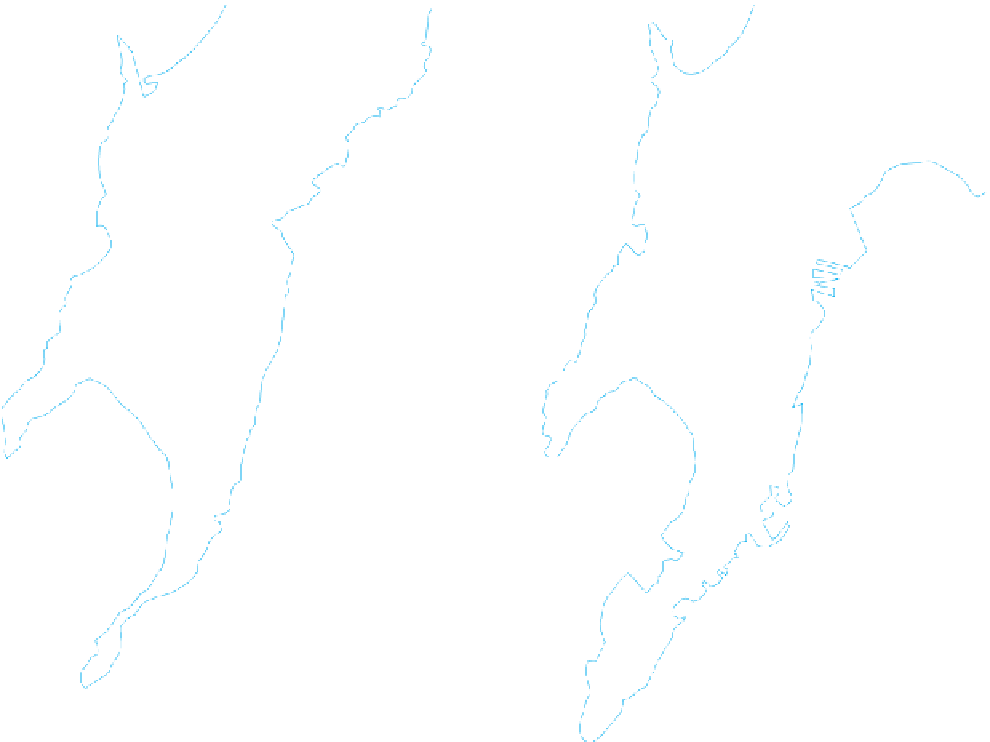Geography Reference
In-Depth Information
Figure 9.41
The Changing Character of Mumbai, India.
Adapted with permission from:
Richard Grant and Jan Nijman,
“Globalization and the Corporate Geography of Cities in the Less-Developed World,”
Annals of the Association of American
Geographers,
92, 2 (2002).
(Fig. 9.41), and high levels of functional specialization
and concentration. Adjacent to the port area was a well-
demarcated European business district containing for-
eign (mostly British) companies. Most economic activities
in this European commercial area involved trade, trans-
port, banking, distribution, and insurance. Zoning and
building codes were strictly enforced. Physically sepa-
rated from this European district were the traditional
markets and bazaars of the so-called Native Town, a
densely populated mix of commercial and residential
land uses.
In this era of globalization, a new spatially demar-
cated foreign presence has arisen. The city now has
a global CBD at the heart of the original colonial city,
housing mostly foreign corporations and multinational
companies and linked mainly to the global economy.
The former European Town has a large presence of big
domestic companies and a pronounced orientation to
the national (Indian) economy. And the Native Town
now has a high concentration of small domestic company
headquarters and the strongest orientation to the imme-
diate urban area.
Using the city you sketched in the last “Thinking
Geographically” question, consider the concepts and pro-
cesses introduced in this section of the chapter and explain
how people and institutions created this city and the model
you sketched.






















































































































































































































